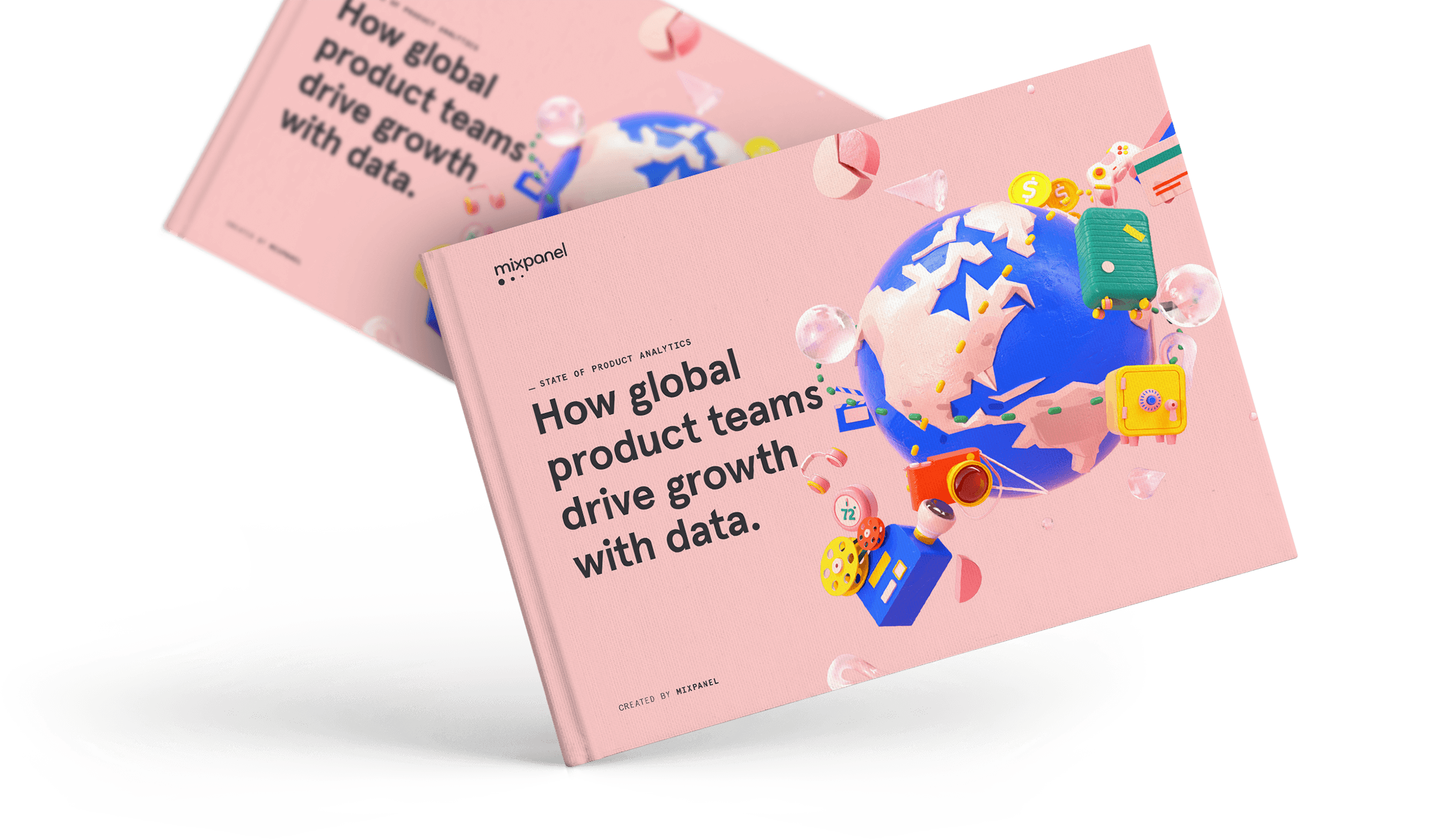Imagine that every digital product has a value button. Every time a user gets value from your product, they hit that button and pay you a dollar. If they don’t get value from your product, you don’t get paid.
So what are you going to build?
In this book, we’ve covered the foundations of product analytics. You now have the knowledge and tools to understand your users, measure engagement and retention, and optimize user acquisition for your north star metric. We’ve shared tips from PMs, data scientists, marketers, technology VPs and CEOs who rely on product analytics to make decisions. They also rely on their product intuition, which can be just as valuable as their data.
The truth is, you need both. The reason product analytics is so often mystified is that, unlike other forms of analytics, what we attempt to measure is, at its core, something very elusive: a person’s behavior and their emotional state. Are they feeling entertained? Motivated? Happy? Does the product fill the need they have?
So when we see Video Views and Friends Added on Mixpanel dashboards, what each of those events represent is a moment when a person got a sense of satisfaction or happiness from a product. Unlike a set of data grounded in physical reality, like the number of items sold in a store, product analytics is an attempt to capture these behavioral signals and turn them into something tangible, a number that can guide you as you iterate and improve your product to serve the user.
Given this approach, when you analyze product usage as a PM, it is key that you bring not only the hard knowledge and skills and data to problem-solve but also your intuition and empathy to ask: How would I feel if I were a parent signing up my kid for this online education app? Or a newly divorced person joining this dating app for the first time? Only when you layer intuition and empathy on top of product analytics data will you be able to build truly useful features and product improvements that bring value, over and over again.

